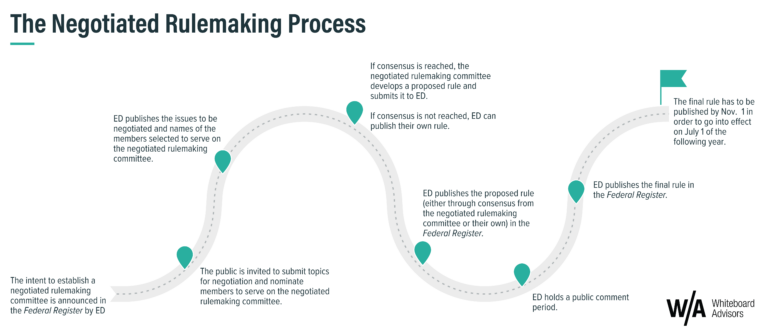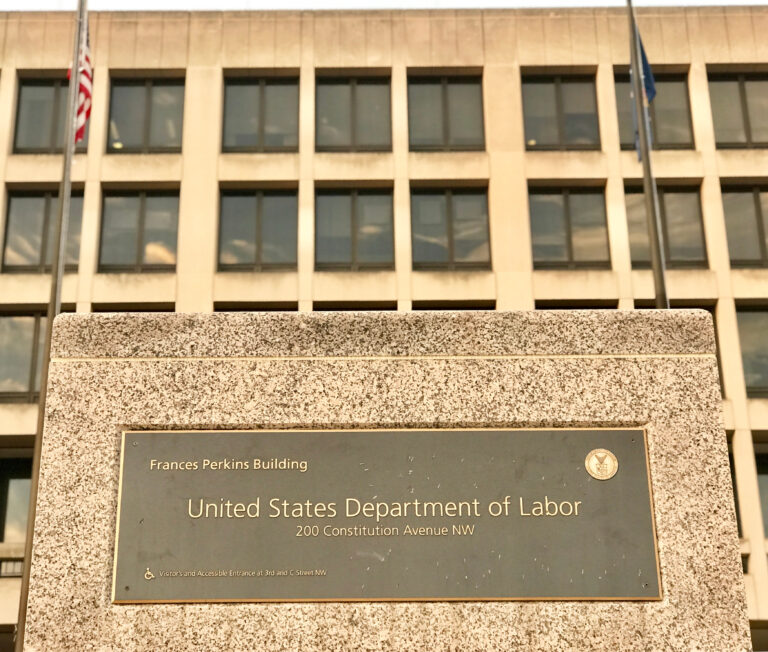Richard “Bonaru” Richardson is a communications associate on the development team at Mount Tamalpais College (Mt. Tam College), the only accredited college in the US that is located within a prison, located at San Quentin State Prison in California. A graduate of Mt. Tam, Richardson was hired for the job after serving 23 years behind bars. As many formerly incarcerated people can attest, the path from release to employment isn’t an easy one. However, Richardson had a few resources that many others are left without—a support system and training. Both of these elements were introduced to Richardson during his work on the San Quentin News, a newspaper run by incarcerated people at San Quentin, where he cultivated a variety of highly valuable workplace skills and took on leadership responsibilities as the paper’s editor-in-chief.
In a recent conversation about the impact that his experience leading the San Quentin News had on his personal growth, Richardson draws on his own experiences with incarceration and reentry, offering insights into educational and work-based programs that can help improve outcomes for returning citizens upon their release.
Ashley Gaddis: Bonaru, how did you become interested in working on the San Quentin News?
Bonaru Richardson: I was heavily inundated with the gang environment before and during my time in prison. My future was based on what happened the next day and not much further so I never indulged in the possibility of other opportunities. When I hit the level four yard (maximum security in California prisons) that’s when it dawned on me that I need to start changing my life because I started seeing real gang members who were really lost and given up hope in life—and I didn’t see myself giving up hope to the point where I didn’t want my life anymore. I started thinking about my children. My kids were around five, six, and 7 years old at the time and they started asking questions that I couldn’t answer. I wanted to be there for them.
That’s what got me started with education—when one of the instructors told me I should go to the vocational program. They were thinking about my reentry before I even had a vision of what reentry might look like.
I knew that if I ever had the opportunity to be released from prison, I didn’t want to go back into society the way that I’d been released previously. I didn’t have transferable skills back then and didn’t care to learn any skills. I knew this time I had to be a little bit more responsible so I started looking into my options and the vocational program was one that I thought I could fall back on.
AG: Tell me about your work on The San Quentin News and how you got started working on the paper.
BR: The San Quentin News was just coming back into existence in 2008, and I was in a vocational training class printing the newspapers at that time. I was the only person printing the paper at that time, so I had to take on a leadership role with the guys who put the newspaper together—writing it and learning to be responsible enough to get the newspaper printed on time.
My first role was as the traffic manager. I was delivering the newspapers from one unit to the next. I eventually ended up cleaning toilets every morning, making the coffee, getting everybody’s desks and things ready for when they came into the newsrooms early in the morning. We were usually the first ones there and last ones to leave. And oddly enough, that behavior stuck with me all the way through the time I became editor-in-chief. In that role, I wanted to teach people some responsibility. I wanted to make sure that anybody who wanted to come work on a newspaper had a GED—you basically can’t work in America without one. So I pushed them to learn on the job and go get a GED and then I pushed them to get into the college program.
AG: What kind of skills did you develop in the newsroom?
In terms of transferable skills, working in the newsroom gave me more than you can possibly imagine. I learned how to utilize Adobe Creative Suite, everything in there from Photoshop to Illustrator to InDesign. All of these skills culminated into something that I wish I would’ve had before I thought about before going down the wrong path.
When I was on the newspaper, I used to look up to Arnulfo Garcia (former San Quentin News editor-in-chief), Michael Harris (co-founder of Death Row Records and former San Quentin News editor-in-chief), and Aly Tamboura (now Director of Strategic Initiatives at the Anti-Recidivism Coalition). I appreciated them and the way that they commanded a room and the way that they were always responsible for their duties. As I watched them, I started taking down those antisocial bricks I had built up. These little nuances that people might take for granted taught me the things that I should have learned at an early age. I probably would not have ended up in prison had I known them earlier but it was a recovering addict (referring to Garcia) who taught me responsibilities—imagine that. Arnulfo Garica was a real man and father, not just a recovering addict.
AG: Describe some of the most significant challenges that people face once they’re released.
BR: First and foremost, before they even get released, they have to have it in their mind already that they want to change and they want to be productive in society—that has to start while you are in prison. It’s preparation. A lot of individuals know they will be released and they don’t think ahead. They’re gonna smoke weed, drink white lightning (alcohol made in prisons) until the day they go home. The way it’s set up, people aren’t taught to be responsible while they’re incarcerated. You have room and board, you’re fed and clothed, and then you’re pushed into life with $200, told to enjoy the rest of your life, and don’t come back, or you’ll be back. That’s usually the standard message.
A lot of people are going to take that $200 and go get alcohol, drugs, or whatever else. So that’s why I say that it starts before you even get out of prison. To be successful in reentry, the mind is what has to change first, then your attitude. It’s a mental struggle for a lot of individuals, but once they figure it out, then they’re ready to give back, make amends and be willing to ask for real help.
AG: What about your experience at San Quentin do you feel set you up for success upon release? What should other institutions think about?
BR: The carceral system is broken in so many ways that it’s hard even to say where to start. But these institutions can be transformed into proper management facilities. If it wasn’t for the administration at San Quentin, I don’t think I would’ve changed. I had been in 10, maybe 15 prisons. San Quentin worked because the administration allowed programs like Mount Tamalpais College and San Quentin News. The administrations also talks to you, while others put punishment on top of punishment despite the promise of rehabilitation suggested by the name CDCR (California Department of Corrections and Rehabilitation).
If you’re going to invest in anything, it should be people. Invest in making sure that the survivors are healed, and incarcerated individuals understand their role in the harm they caused to society. Just because people are in prison, it doesn’t mean that they don’t have the potential for growth and change. People need a support system in those institutions that can talk to individuals about what they can expect when they leave prison. It’s the fundamental things in life that people need to understand so they can take steps like filling out a job application, saving money, and paying bills. And when they can do that, they start getting a sense of pride. I can pay my taxes. I can vote. Because of those things I began to think “maybe I’m a part of this society.”




